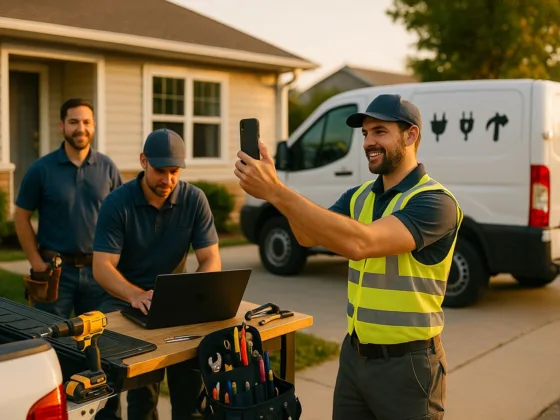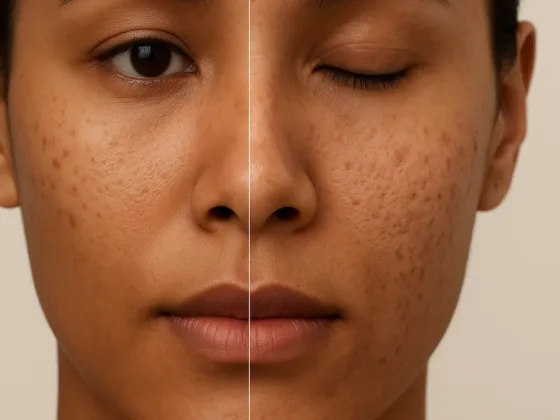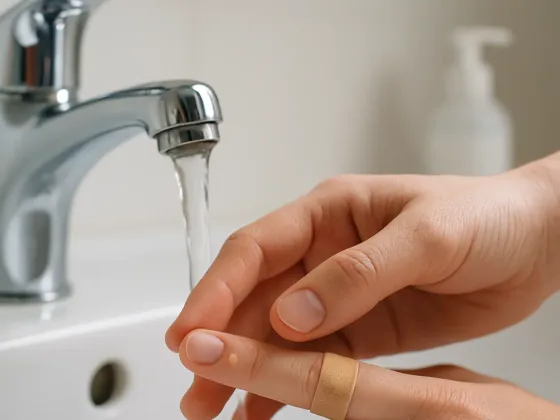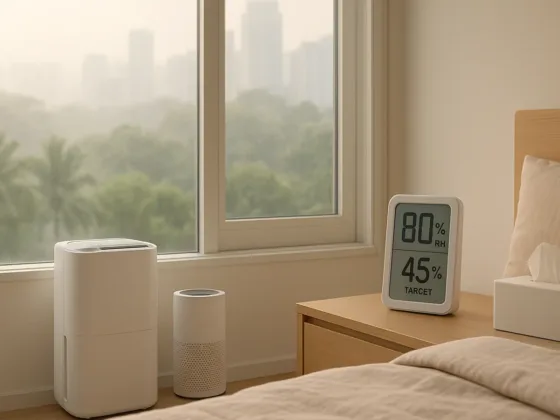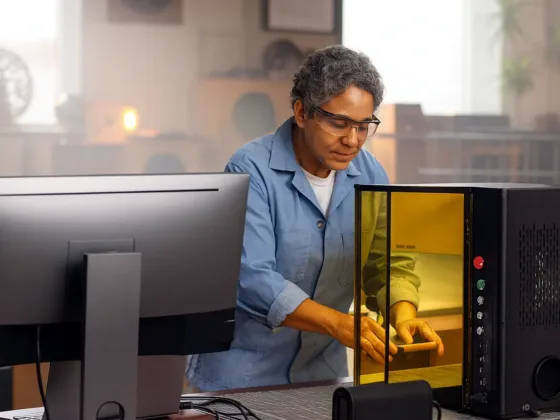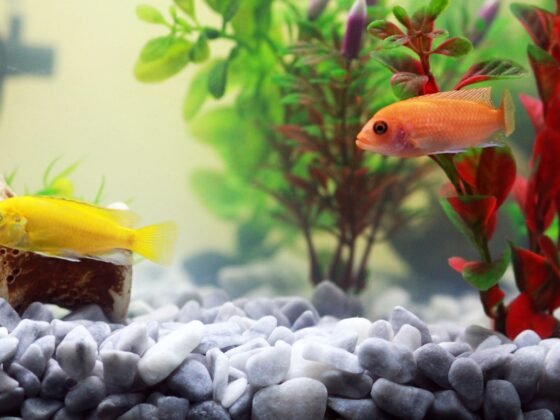Table of Contents Show
Toys are important for a child’s growth. They help kids learn, be creative, and interact with others. But not all toys are safe. As a parent or guardian, it’s crucial to make sure the toys children use are safe. Knowing about toy safety can help avoid accidents and injuries, making playtime enjoyable and secure.
Understanding Toy Safety Standards
Manufacturers must follow specific safety guidelines when making toys. In the United States, for example, the Consumer Product Safety Commission (CPSC) enforces strict regulations on toys to ensure they meet safety standards. Look for labels such as “ASTM F963” or “CPSC-approved,” which indicate compliance with safety regulations.
Other safety labels, like “BPA-free” and “non-toxic,” are also important when selecting toys, especially those that children may put in their mouths.
Choosing Age-Appropriate Toys
Choosing toys that match a child’s age is key for safety. Toy makers often put age advice on the box. This advice looks at dangers like small parts and how hard the toy is to use.
- Babies and toddlers love to put things in their mouths. So, their toys should not have small parts. These parts could cause choking.
- Older kids need toys that fit their skills. But, these toys must not be too hard or unsafe either.
- A puzzle with big pieces works for a young child. A science kit might be good for an older one.
- Always check the age range before you buy a toy. This helps keep kids safe and happy as they play.
Also Read: Amazing Types of Ride-on Toys for Kids
Common Toy Hazards
Toy safety is a key issue for kids. Some toys have risks that can hurt children. Parents and caregivers must know about these risks. They can then protect kids from harm.
Choking Hazards
Small toy parts are a big choking risk. Young kids often put things in their mouths, making them likely to choke on small objects. Here are some common choking hazards to watch out for:
- Detachable eyes
- Buttons
- Small figurines
Chemical Hazards
Some toys contain dangerous chemicals that can cause health problems if kids swallow or touch them. Here are some chemicals to be aware of:
- Lead
- Phthalates
- BPA (bisphenol A)
Sharp Edges and Points
Toys with sharp edges or points can cut or scratch kids, leading to injuries ranging from small cuts to more serious wounds. Parents should regularly check toys for any signs of damage or defects.
Strangulation Hazards
Long cords, strings, or ribbons pose a strangulation risk, especially for babies. If these items are longer than 7 inches, they can be dangerous as babies can easily get tangled in them.
Swallowing Hazards
Magnets and batteries are extremely dangerous if swallowed. Small, strong magnets can cause harm to the stomach, while button batteries can result in burns and internal damage if ingested.
Tips for Ensuring Toy Safety at Home
Toy safety at home is very important. Here are some tips to ensure your child’s toys are safe:
Regularly Check Toys
- Look for broken or loose parts
- Be cautious of small parts that can be choking hazards for kids
- Dispose of damaged toys immediately
Follow Assembly Instructions
Some toys need to be put together by adults. To ensure safety:
- Follow the directions closely
- Check screws and connections
- Make sure everything is secure
Store Toys Properly
Store toys in bins or on shelves to:
- Keep walking areas clear and prevent tripping hazards
- Maintain the condition of the toys by protecting them from sunlight and heat damage
Supervise Playtime
Watch kids when they play with new toys, especially young children. This allows you to:
- Observe how they use the toy
- Ensure they don’t misuse it
- Provide extra care for toys with batteries or moving parts
Stay Informed About Toy Recalls
Toy companies sometimes recall toys for safety reasons. Stay up-to-date on toy recalls by regularly checking the CPSC website at CPSC.gov. If a toy is recalled, replace it immediately.
Conclusion
Ensuring toy safety is a crucial responsibility for parents and caregivers. Choosing age-appropriate toys, checking for hazards, and staying informed about safety regulations can create a secure and enjoyable play environment for children. A little precaution goes a long way in preventing accidents and ensuring that toys bring joy rather than harm. Always remember that safety should come first when selecting and maintaining children’s toys.
Infographic
Infographic provided by Scott Marshall Injury Attorney, one of the top product liability attorneys
FAQs
When buying toys for your child, always check for age recommendations, look for non-toxic materials, and ensure there are no small parts that could pose a choking hazard. Additionally, check for safety certifications like ASTM or EN71.
You can tell if a toy is safe by checking for labels that indicate it meets safety standards, ensuring it’s made from non-toxic materials, and examining it for sharp edges or loose parts. Always supervise young children during playtime.
Yes, avoid toys with small parts, such as marbles or building blocks with pieces that can be swallowed. Also, steer clear of toys with long strings or cords, which can pose choking or strangulation hazards for infants and toddlers.
It’s a good idea to inspect your child’s toys regularly, at least once a month, to check for wear and tear, broken parts, or any hazards that might have developed. If you find anything concerning, it’s best to remove the toy immediately.
If you find a toy that seems unsafe, stop your child from using it right away, and consider throwing it out or returning it if it’s new. You can also report it to the manufacturer or consumer safety organizations if you believe it poses a significant risk.



